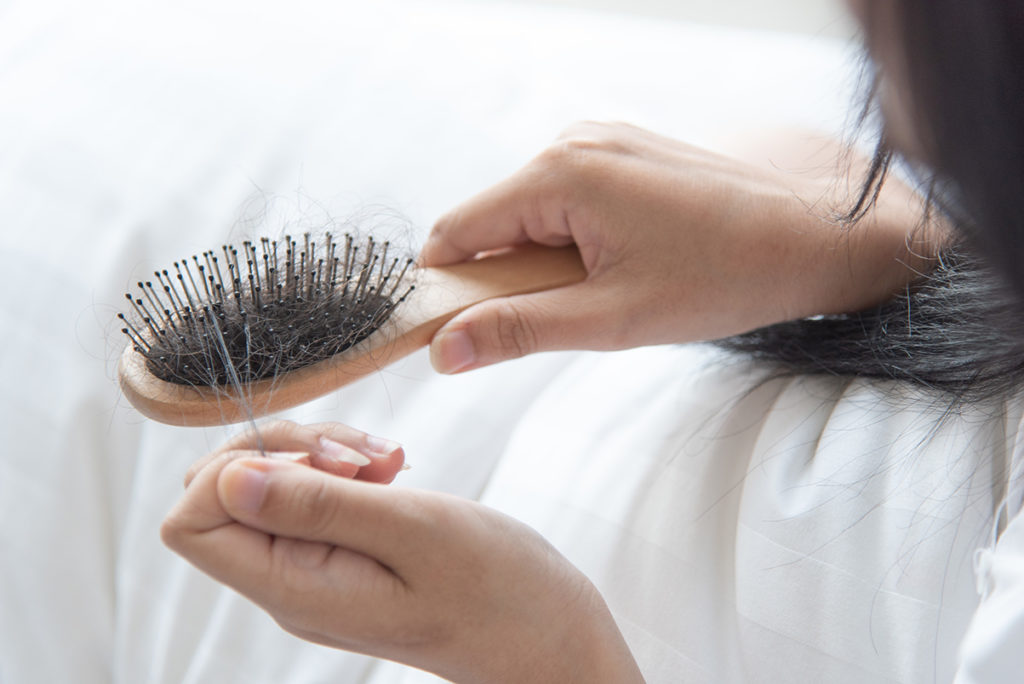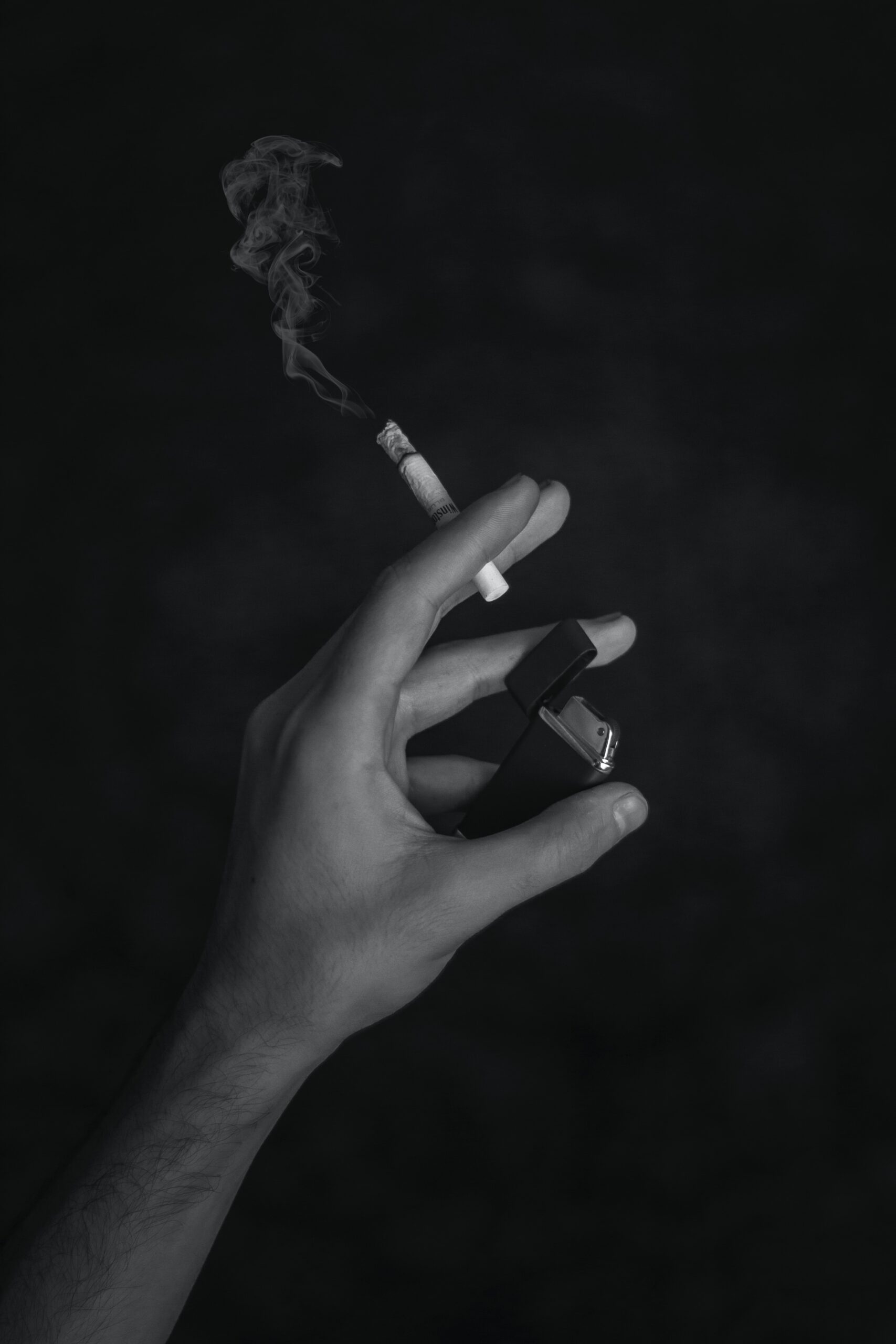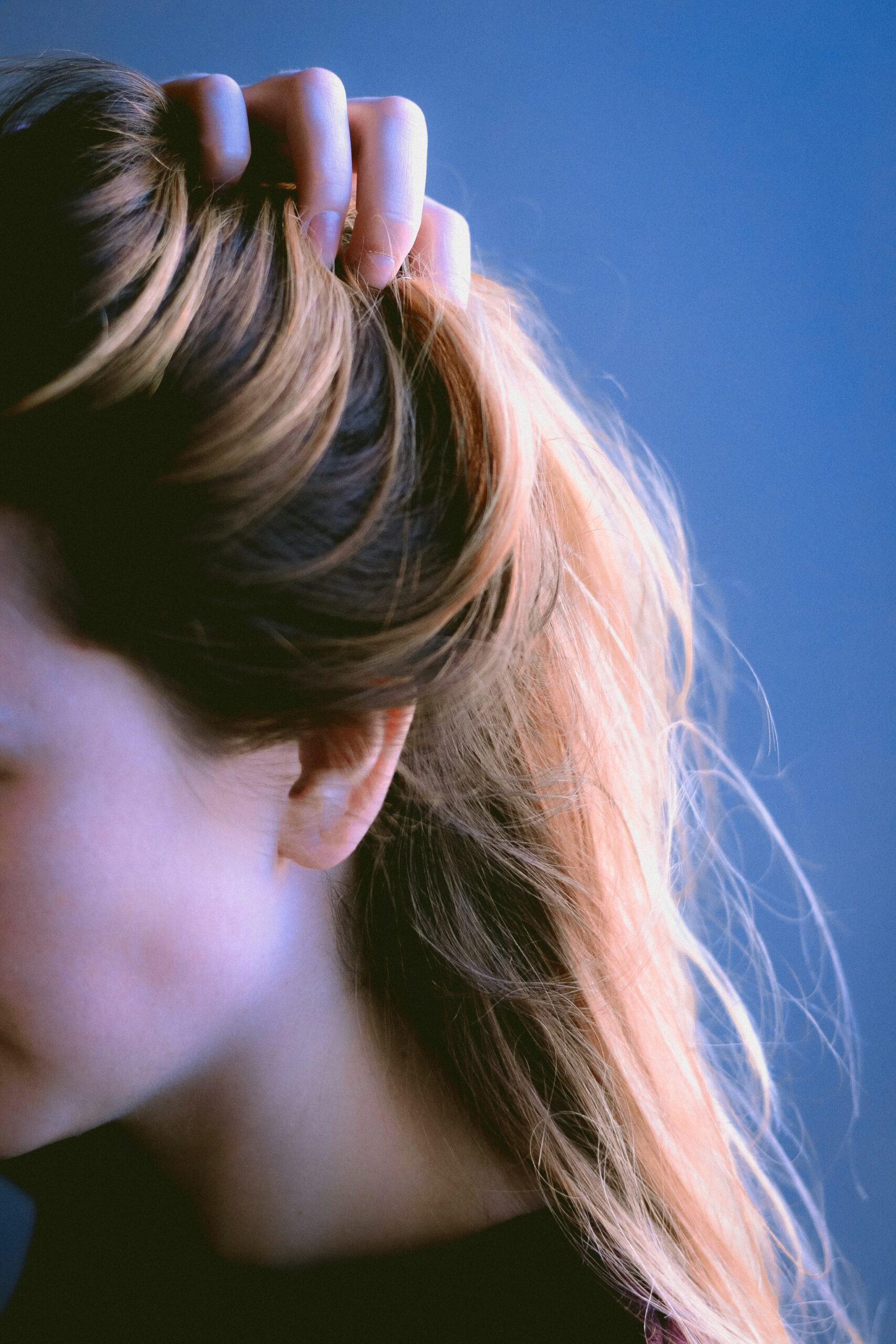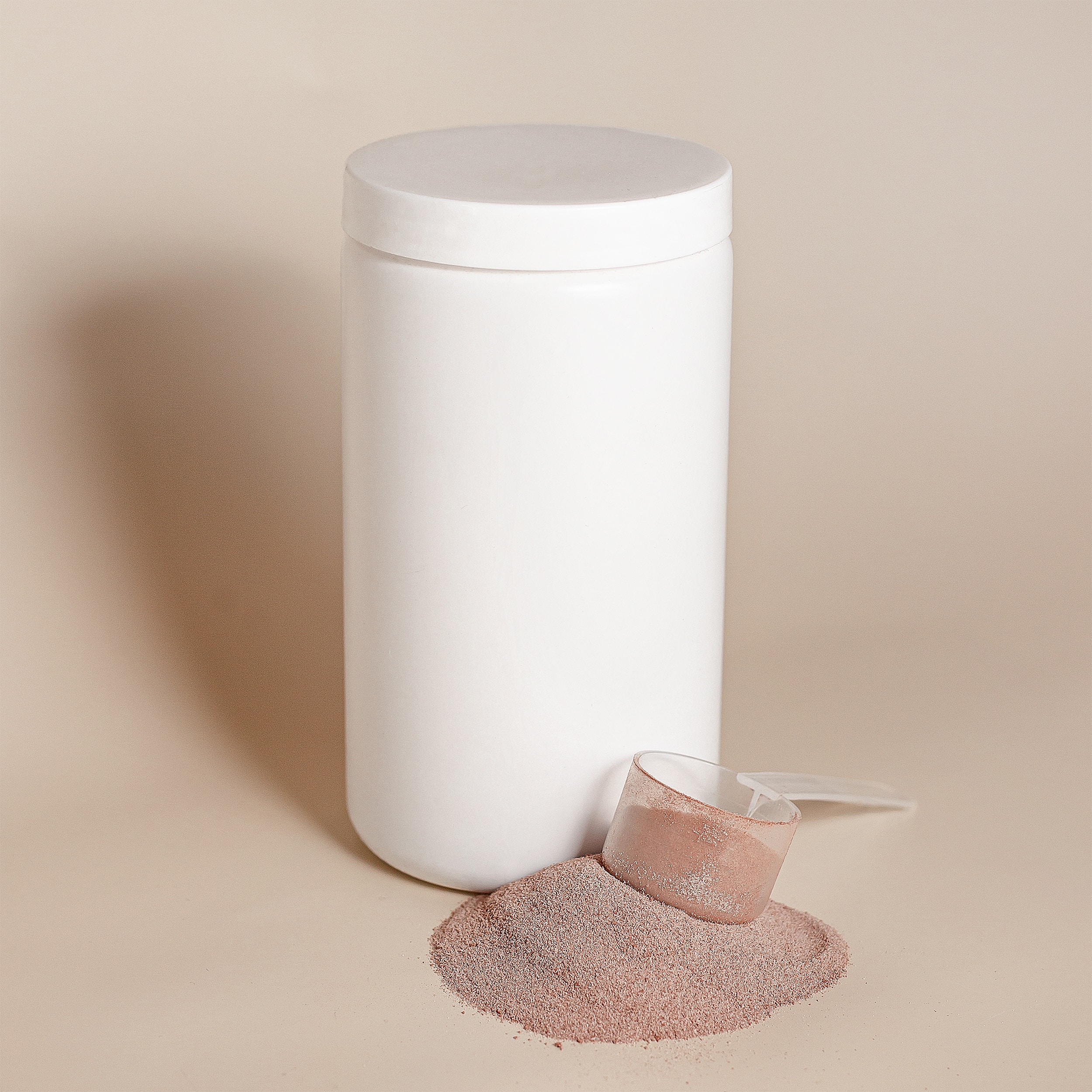
Dealing with post-natal hair loss
17th June 2019
Everyone knows the body undergoes a host of changes during pregnancy, but many women are surprised by the impact that it has on their hair. Known as telogen effluvium, post-natal hair loss is very common in the first six months after giving birth, but it can be distressing for new mothers to go through.
On average, we lose around 100 hairs per day. However, thanks to the soaring levels of oestrogen and progesterone during pregnancy, the hair stays in a longer phase of growth, meaning that hair seems thicker and fuller. You may also notice that your hair grows a little faster during pregnancy. However, following childbirth, the level of oestrogen returns to its pre-pregnancy level, so the hair starts to shed.
Post-natal hair loss typically starts two to four months after giving birth, and the amount that falls out is different for each woman – if you have long hair, or experienced significant hair growth during pregnancy, it may be more noticeable.
The good news is that for the majority of women, it’s only temporary and the hair will grow back as normal – it typically settles down after between six to 12 months. Although, unfortunately, there’s nothing that you can do to stop the shedding, there are ways to manage it and help promote hair growth.
Keep a healthy diet
Maintaining a healthy diet is crucial for all aspects of health and wellbeing, so make sure you’re keeping on top of your nutrition. Biotin deficiency has been linked to hair loss, so eat plenty of protein-rich foods to ensure that you’re getting enough vitamin B. Vitamin C and E, zinc and iron are also important – although you should always eat a balanced diet with plenty of whole foods, women should take multivitamins after childbirth to maintain overall health.
Be gentle with your hair
Many people are reluctant to wash their hair regularly when they start to notice it falling out, but it doesn’t make a difference to the amount of hair you lose – in fact, the longer you leave it in between washes, the more hair you’ll notice falling out, which can be a shock! With that said, don’t wash it too vigorously or go overboard on products, as this can make it drier. Avoid hot styling tools such as hairdryers or curling irons wherever possible, and wear your hair loose when you can, to avoid the unnecessary strain on the scalp caused by tight hairstyles. Switch to a brush with softer bristles, too – treat your hair as gently as possible.
Look after your scalp
A healthy scalp produces healthy hair, so make sure you’re taking care of it! Using a gentle exfoliator once a week will boost blood flow and help to remove product build-up and dead skin cells. Massaging your scalp daily using just your fingers can also help blood circulation to stimulate the scalp.
Although post-natal hair loss is completely normal, it can be distressing, so if you have any concerns, don’t hesitate to speak to your GP.


